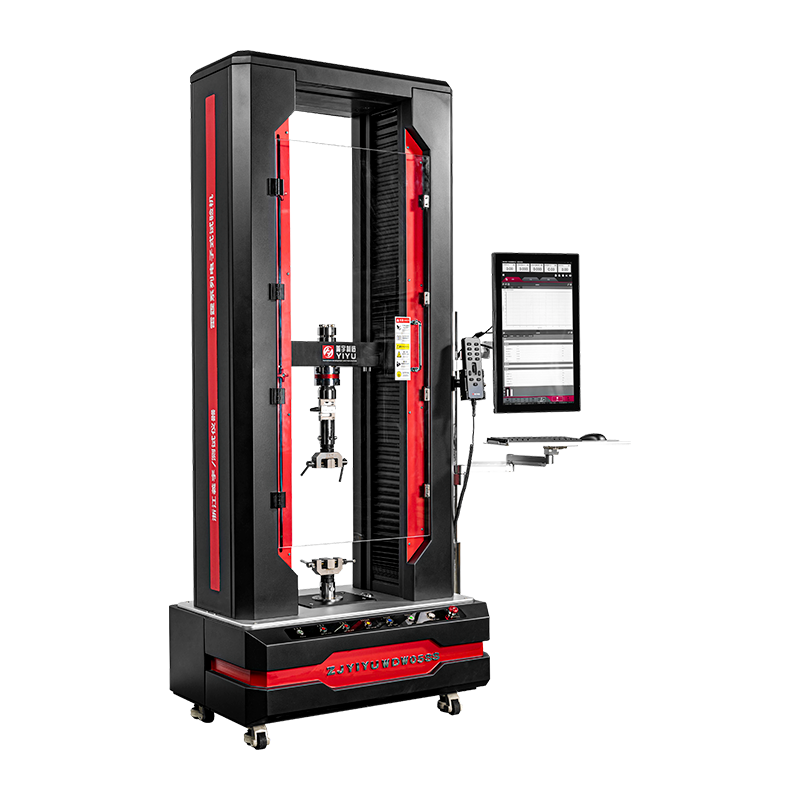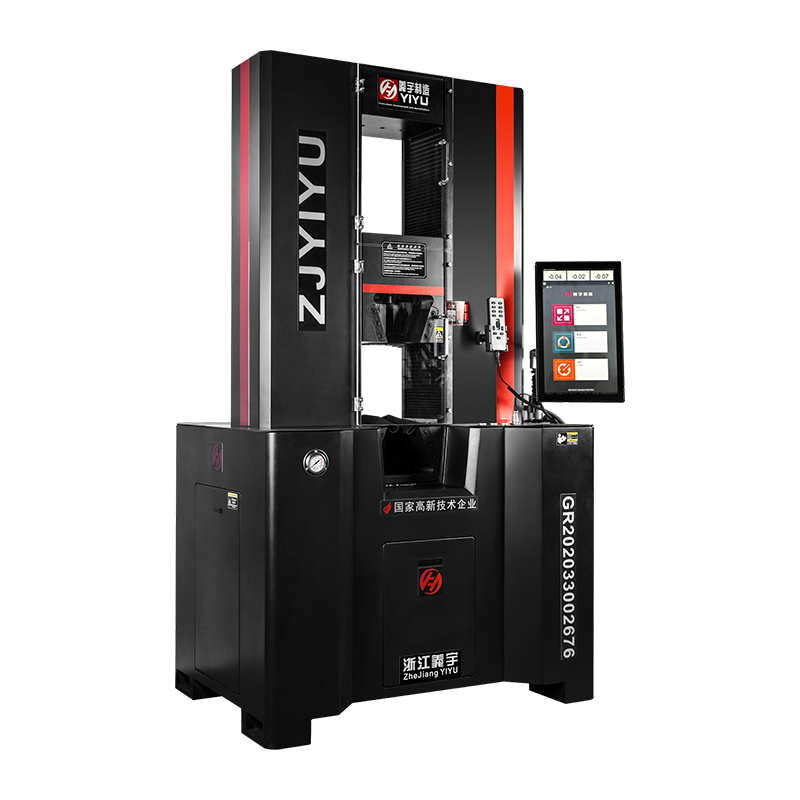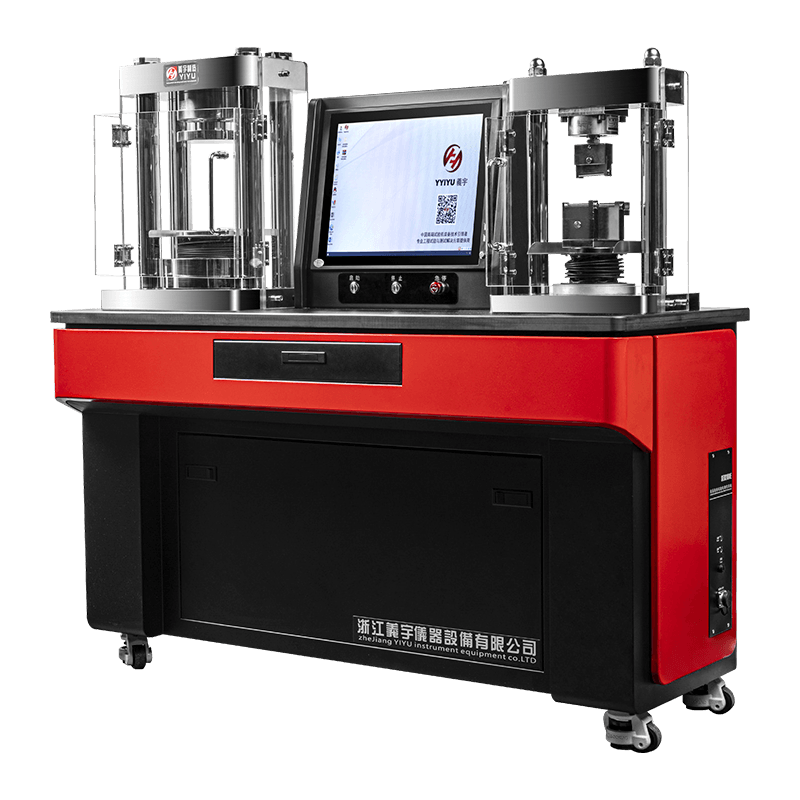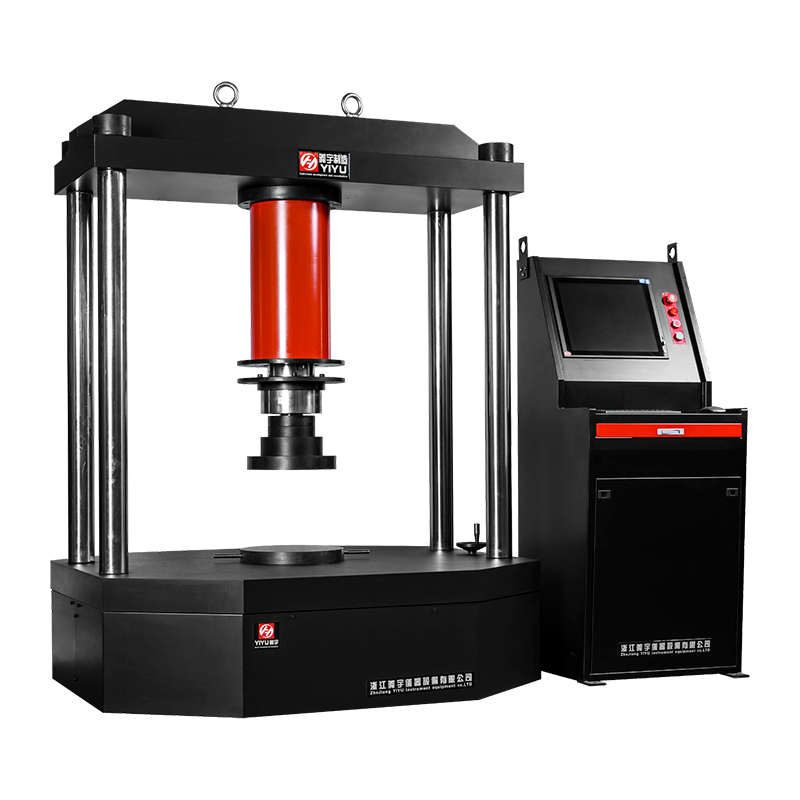With the construction industry's increasing demands for material quality and safety, ensuring the stability and safety of buildings has become a primary concern in design and construction. Universal tensile test equipment, as a precision tool for measuring the mechanical properties of building materials, has become widely used in the industry. This equipment accurately measures key properties of building materials, such as tensile strength, ductility, and elastic modulus, providing strong support for quality control, structural design, and the research and development of new materials for construction projects.
The Widespread Application of Universal Tensile Test Equipment in the Construction Industry
Quality Control of Building Materials
The quality of building materials is fundamental to ensuring the safety and long-term stability of buildings. The use of universal tensile test equipment makes quality testing of building materials more precise. Whether it's common rebar, steel, concrete, wood, or new composite materials, tensile testing can provide data on tensile strength, elongation, and breaking point under load, providing important evidence for material quality.
During the production of traditional building materials like steel and concrete, tensile testing equipment helps measure their tensile properties, such as the tensile strength and elongation of rebar. Through accurate testing, engineers can ensure that selected building materials meet relevant standards, avoid using substandard materials, and reduce structural failures caused by material problems.
For example, the rebar in reinforced concrete structures must possess sufficient tensile strength and ductility to ensure stability under load and prevent fracture or excessive deformation. Universal tensile testing equipment can accurately measure the tensile properties of rebar, providing reliable data support for structural design.
|
Project/Indicator/Model
|
WDW-200G
|
|
Great test force
|
200KN
|
|
The accuracy level of the testing machine
|
Level 1
|
|
Force measurement range
|
1%-100% FS is not divided into bins throughout the whole process
|
|
Relative error of the test force indication
|
±1% or less
|
|
Force resolution
|
1/±300000 of the maximum test force, the whole process resolution remains unchanged
|
|
Deformation measurement range
|
0.5%-100%FS
|
|
Relative error of the deformation indication
|
Within ±1% of the indicated value
|
|
Deformation resolution
|
The maximum deformation is 1/±300000
|
|
The relative error of the displacement indication value
|
Within 1% of the indicated value
|
|
Displacement resolution
|
0.05μm
|
|
Force control rate adjustment range
|
0.05-10%FS/S
|
|
Relative error of force control rate
|
Within 1% of the ± of the set value
|
|
The deformation rate adjustment range
|
0.05—10%FS/S
|
|
Relative error of deformation control rate
|
Within 1% of the ± of the set value
|
|
Beam speed adjustment range
|
0.01-350mm/min
|
|
Effective stretching space (without clamps)
|
800mm
|
|
Effective test width
|
430mm
|
|
Dimensions of the main engine (length×width×height)
|
1000×1500×2000mm
|
|
Site Occupancy (Length× Width× Height)
|
1000×2550×2000mm
|
|
Power supply
|
AC220V±10%50Hz,1.5KW
|
|
Weight of the main unit
|
Approx. 1500kg
|
R&D and Application of New Building Materials
The increasing demand for high-performance, lightweight, and environmentally friendly materials in the construction industry has led to the emergence of many new building materials. The mechanical properties of these new materials are often complex and unknown, requiring rigorous testing to ensure their reliability and safety. Universal tensile testing equipment plays a crucial role in the development of new building materials.
For example, in composite materials, tensile testing equipment can provide stress-strain data under different loads, helping developers evaluate properties such as strength, ductility, and fatigue life. Through these tests, R&D personnel can optimize materials to meet the construction industry's higher performance requirements.
Tensile testing equipment also helps explore the extreme performance of new materials, driving continuous innovation in building materials. With the continuous emergence of new materials, the construction industry will be able to reduce costs, improve energy efficiency, and enhance environmental friendliness while ensuring safety.
Architectural Structure Design and Optimization
Material selection and structural optimization are crucial in building structure design. Data obtained from universal tensile testing equipment allows designers to more accurately select appropriate materials and optimize designs based on the mechanical properties of different materials. For example, in projects such as bridges, tunnels, and high-rise buildings, structural design must ensure that the tensile strength of the material can withstand external loads to prevent failure during construction or use.
Through tensile testing of materials such as steel, concrete, and wood, engineers can obtain data on the mechanical properties of various building materials under different environmental conditions. This allows them to optimize the design of building structures, making them more stable, safe, and resistant to earthquakes and winds.
Safety Assessment and Quality Inspection of Building Materials
During the use of buildings, building materials age and fatigue over time, resulting in a decrease in their mechanical properties. To ensure the safety of buildings, regular safety assessments of building materials are essential. Universal tensile testing equipment can help engineers evaluate the mechanical properties of aging materials and promptly identify potential safety hazards.
For example, when renovating or reinforcing older buildings, tensile testing equipment can measure the tensile strength and ductility of existing materials (such as rebar and concrete) to determine whether they still have sufficient load-bearing capacity. If material properties fall short, engineers can develop appropriate reinforcement plans to ensure that the building continues to meet safety standards.
The Importance of Universal Tensile Testing Equipment
Improving the Safety of Building Structures
The safety of building structures is directly related to the safety of people and property. Universal tensile testing equipment accurately measures the mechanical properties of building materials, helping designers ensure that the selected materials can withstand the loads during construction and operation. For example, large structures such as bridges and tunnels must use materials with high tensile strength and good ductility. Through tensile testing, engineers can determine whether a material's mechanical properties meet design requirements, ensuring the long-term safety of buildings.
Universal tensile testing equipment can also help the construction industry test material performance under extreme conditions, such as high and low temperatures, or in humid environments, ensuring that materials maintain optimal performance in diverse scenarios and preventing performance degradation under unusual conditions.
Improving Design Accuracy and Material Optimization
Architectural design is more than just structural construction; it involves the precise calculation and optimization of materials. During the design process, material performance data obtained using universal tensile testing equipment can help designers optimize material selection. For example, in structural design, if the tensile strength and elongation of a material are known, designers can more accurately calculate the building's load-bearing capacity, deformation resistance, and seismic resistance. By selecting appropriate materials and implementing appropriate structural designs, a building's safety and service life can be significantly improved.
Promoting Material Innovation in the Construction Industry
With the increasing demand for sustainable development and high-performance materials in the construction industry, the research and development of innovative building materials has become a key focus. Universal tensile testing equipment provides technical support for the development of new materials. Through tensile testing, researchers can comprehensively evaluate the mechanical properties of new materials and optimize their composition, structure, and process based on test data, thereby promoting the industrial application of new building materials.
For example, with the application of new materials such as composite materials and ultra-high-performance concrete (UHPC), the construction industry can not only reduce construction costs but also improve the durability and environmental performance of buildings. Tensile testing equipment provides essential testing tools for the research and development of these new materials, making their practical application in construction projects more reliable.
Ensure Quality Control and Reduce Risk
During the construction process, quality control is a critical component of every stage. Universal tensile testing equipment helps quality inspectors regularly test material performance to ensure that each batch of building materials meets standards. By promptly identifying substandard materials, construction teams can take appropriate measures to reduce risks and safety hazards during construction, thereby avoiding structural problems and accidents caused by substandard materials.





